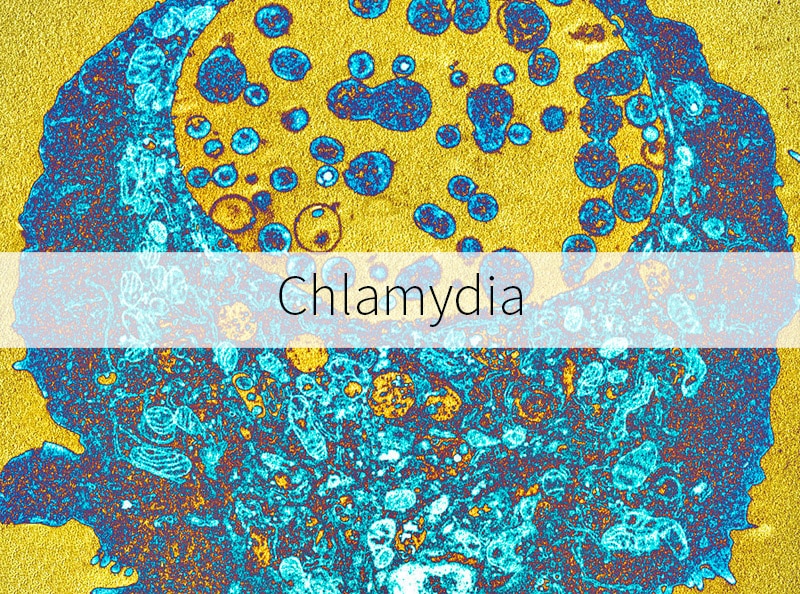Despite the numerous campaigns for raising awareness of the dangers of unprotected sex, many sexually transmitted infections, like chlamydia, are still a serious burden for people in developing countries, especially in Ghana. With women considered to be at the highest risk of developing this infection compared to men, research shows.
Based on studies targeted towards the frequency of STIs (sexually transmitted infections) in Ghana, out of 186 people tested 167 had chlamydia, 24% being men, and 76% women.
According to statistics, 131 million people across the world are infected with chlamydia. This makes Chlamydia 50 times more common than any other STIs, including gonorrhea and syphilis. This serious infection can cause permanent damage resulting in infertility if left untreated.
Identifying the symptoms of this infection on time can help stop it from spreading. The symptoms can be treated and managed with the proper antibiotics only if caught on time. However, there is one problem – chlamydia is a sneaky infection. Based on records, 70% of women don’t even know they are infected with chlamydia and often mistake the symptoms for something else.
Read More: Chlamydia in Ghana
Symptoms of Chlamydia
Most of the symptoms will need weeks to show, but they do appear in both women and men. Here is a list of some of the most common symptoms people can experience.
- Pain in the lower abdomen
- Painful intercourse
- Fever
- Extreme need to urinate too often
- Burning or painful urinating
- Bleeding when not on period
- Soft or swollen testicles
- Milky discharge from the penis
Product: One Step Chlamydia Test
Product: Right Sign Chlamydia Test
Symptoms of Chlamydia in the Eyes and Anus
Chlamydia doesn’t only affect the reproductive organs; it also infects other parts of the body, including the eyes and anus. If these parts of the body come in contact with infected vaginal fluid or semen, the infection can pass onto the areas and cause numerous problems. Here are some of the most common ways to recognize this infection.
- Pain/bleeding/discharge from the anus
- Pain/redness/discharge from the eyes
Since most of the symptoms are difficult to point out or won’t even show, it’s crucial to get tested. This is the only sure way to make sure if a person is infected. The ideal way to do it is to go to youth centers, colleges, or pharmacies where they offer to test.
Read More: Chlamydia in the Eye
Read More: Why get Tested for Chlamydia
Proper Diagnosis
If you suspect you have any STIs, you may have to go for a physical exam to check if any of the symptoms you are experiencing have to do with chlamydia. At the end of the exam, a swab sample from the affected area can be taken; this includes the reproductive organs, rectum, throat, or a sample from the urine. This can help conclude if there is a need for treatment or any need for antibiotics. That’s why it’s crucial to get tested.
Read More: Chlamydia Treatment
References
https://www.who.int/reproductivehealth/topics/rtis/stis-new-treatment-guidelines/en/
https://www.plannedparenthood.org/learn/stds-hiv-safer-sex/chlamydia/chlamydia-symptoms

